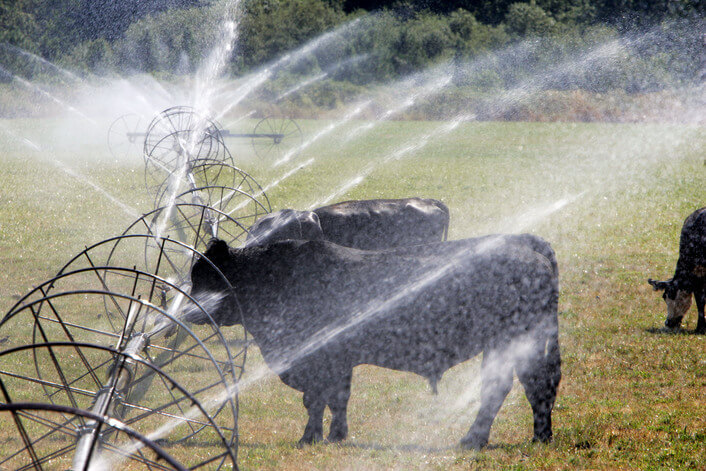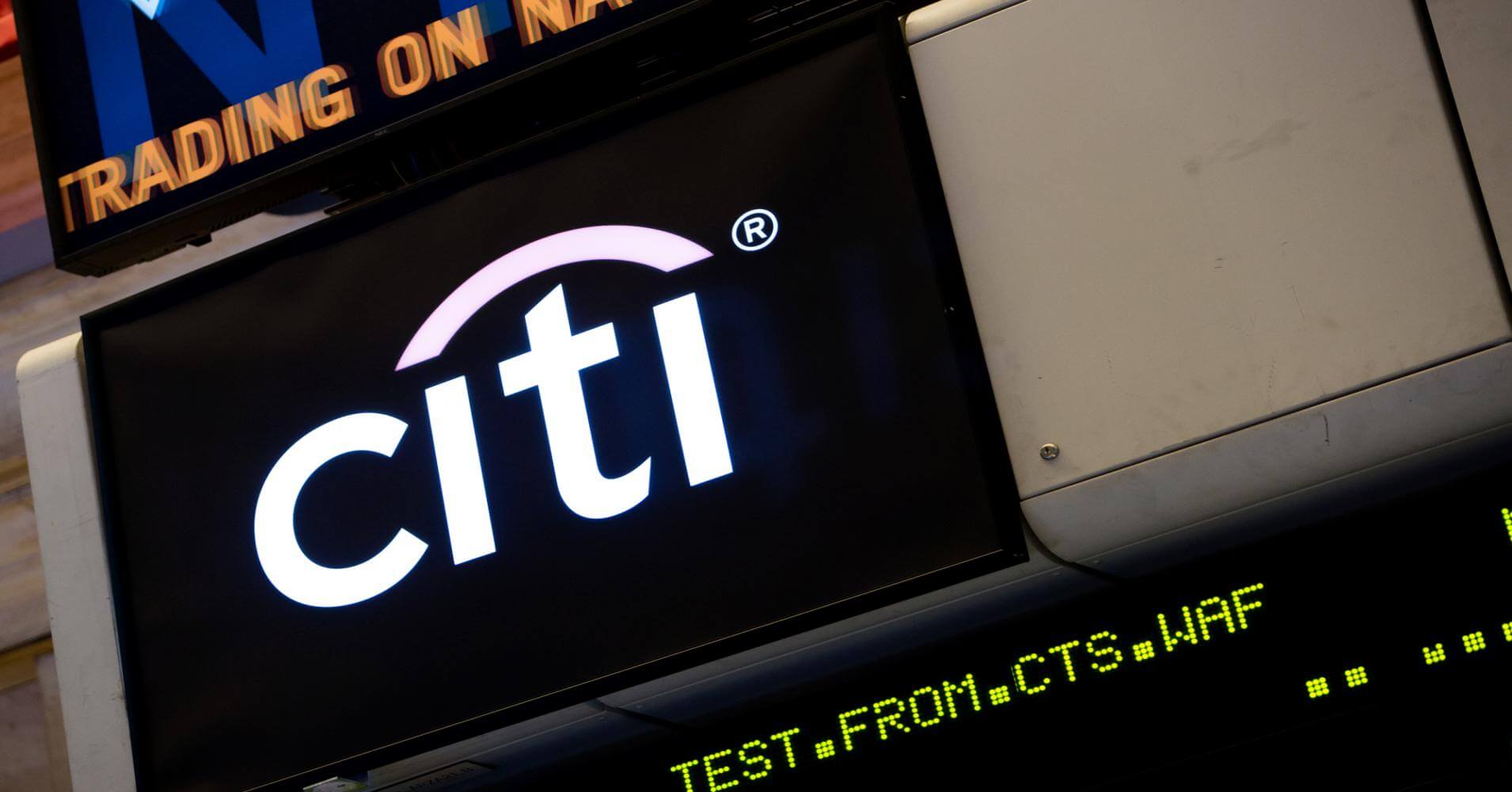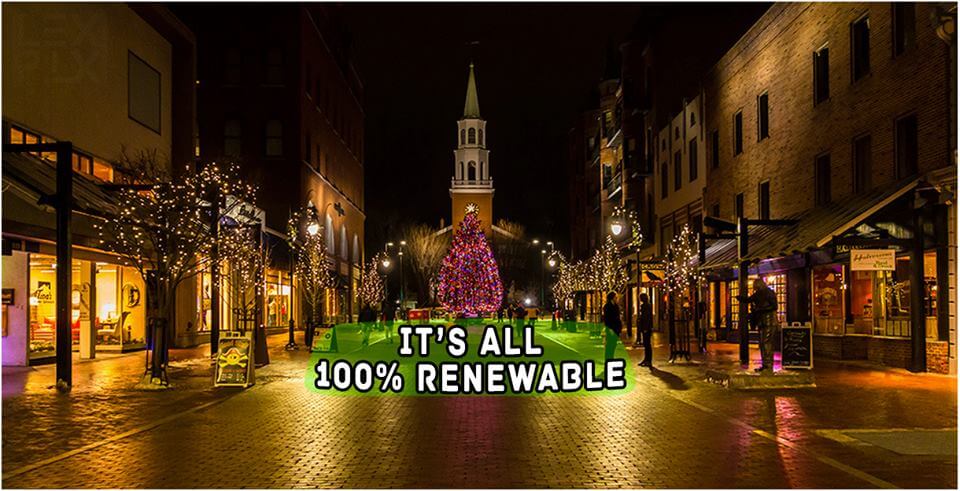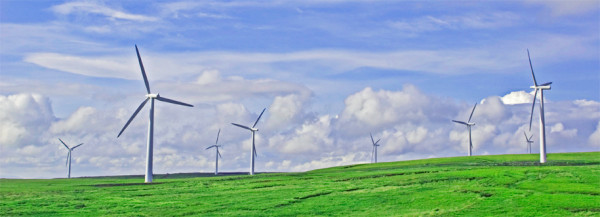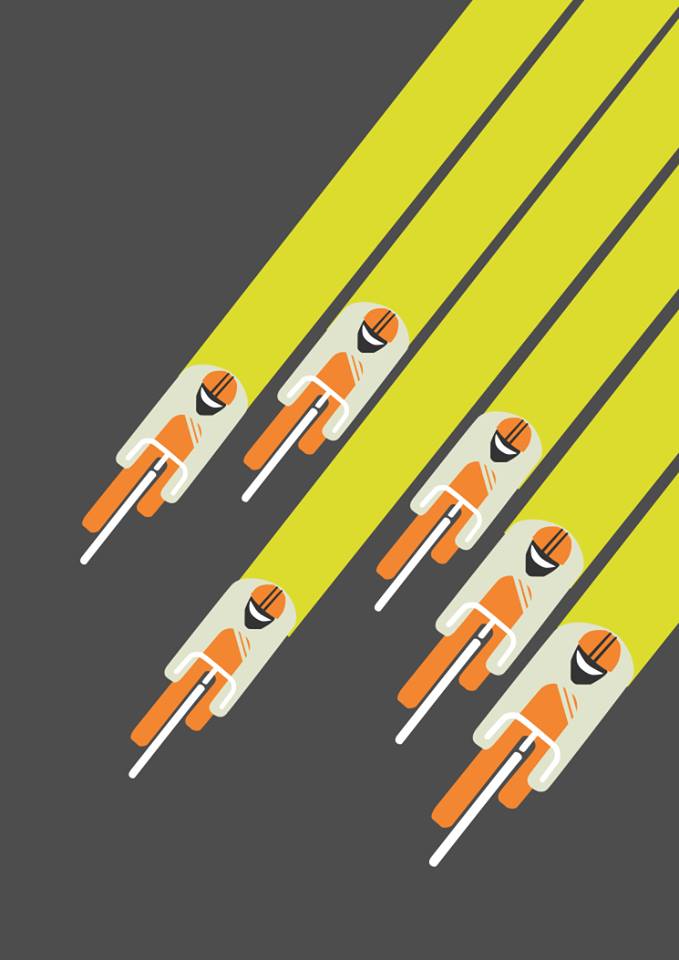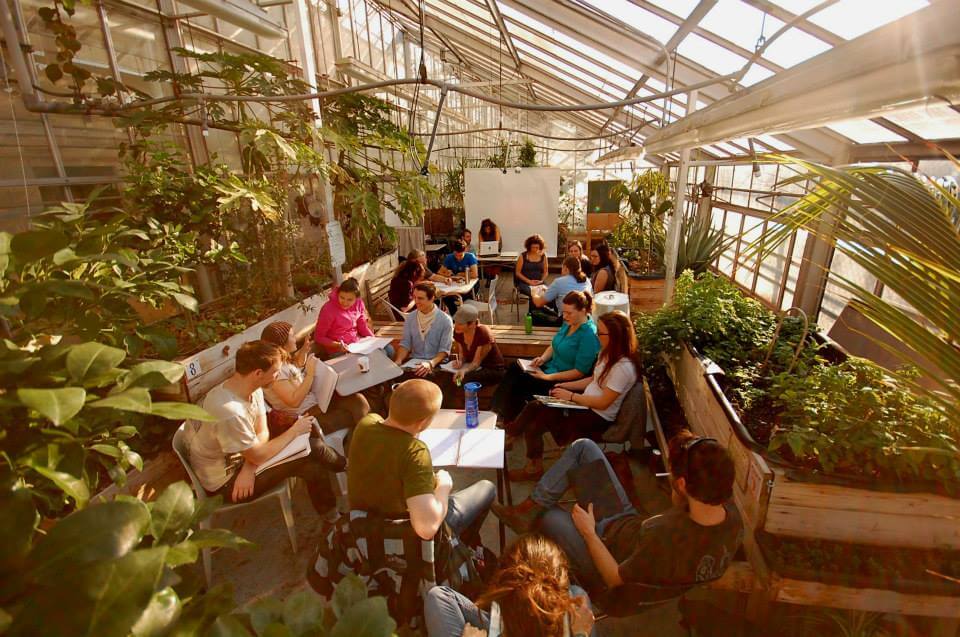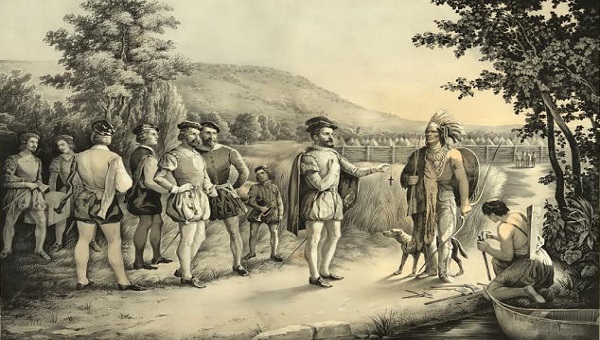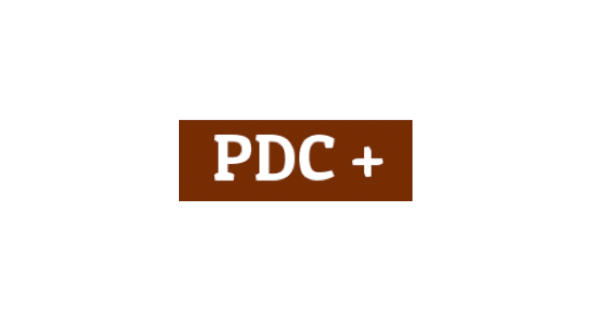
The country’s foremost nutrition advisory panel is taking a stand against meat: Americans should eat less of it, top experts say, in order to protect the environment.
The recommendation could have a significant impact on the amount of meat people eat — as well as the environmental impact of a carnivorous nation.
“We’re not saying that people need to become vegans,” said Miriam Nelson, a professor at Tufts University and one of the committee’s members. “But we are saying that people need to eat less meat.”
The panel’s findings, which were released to the public in the form on a 572 page report this afternoon, specifically recommend that Americans be kinder to the environment by eating more plant-based foods and fewer animal-based foods. The panel is confident that the country can align both health goals and environmental aims, but warns that the U.S. diet, as currently constructed, could improve.
“Consistent evidence indicates that, in general, a dietary pattern that is higher in plant-based foods, such as vegetables, fruits, whole grains, legumes, nuts, and seeds, and lower in animal-based foods is more health promoting and is associated with lesser environmental impact than is the current average U.S. diet,” the report says.
Americans, though they are eating less meat than they have in the past, are still eating too much. The problem, which the committee’s findings reflect, is that all that meat eating is still having too much of an impact on the environment.
Meat eaters have been linked to considerably larger carbon footprint than vegetarians. And the livestock industry has been associated with a considerably larger carbon footprint than any other food industry. The combination of those two realities, along with the committee’s understanding that diets lower in meat consumption, especially red and processed meat consumption, tend to be more healthful, has forced the committee’s hand.
The group, which has been mulling a number of changes to the dietary guidelines, has traditionally advised the government about healthy eating choices which, until now, have only reflected what the group views as a diet that is healthy for humans. The new recommendations mark a major break from the past, and offer a glimpse into what the guidelines might look like in the decades to come.
“If we’re thinking about the foods that are culturally appropriate, we need to start thinking about what’s sustainable,” said Nelson,. “Other countries have already started doing this-including sustainability in their recommendations. We should be doing it too.”
The meat industry, for its part, vehemently objects to the notion that Americans should be eating less meat. The North American Meat Institute has repeatedly questioned whether the nutrition panel should be allowed to include sustainability concerns in its recommendations, and challenged the notion that meat negatively impacts the environment.
“If our government believes Americans should factor sustainability into their choices, guidance should come from a panel of sustainability experts that understands the complexity of the issue,” Barry Carpenter, the chief executive of The North American Meat Institute, said in a statement.
The official dietary guidelines, which are updated every five years, won’t be released until later this year, after the department of Health and Human Services mulls over the advisory committee’s recommendations. The panel’s suggestions are, ultimately, suggestions, which the government doesn’t have to act upon. But historically, the government has incorporated the panel’s suggestions, especially those that recommend changes and updates, into its guidance.
If the government acts upon the panel’s recommendations to suggest lower meat intake, the impact on the meat industry will be significant. While Americans don’t necessarily heed the dietary guidelines ahead of each meal, the guidelines do influence prevalent health narratives. They also help dictate what is on the menu of federal feeding programs, like the school lunch program.

